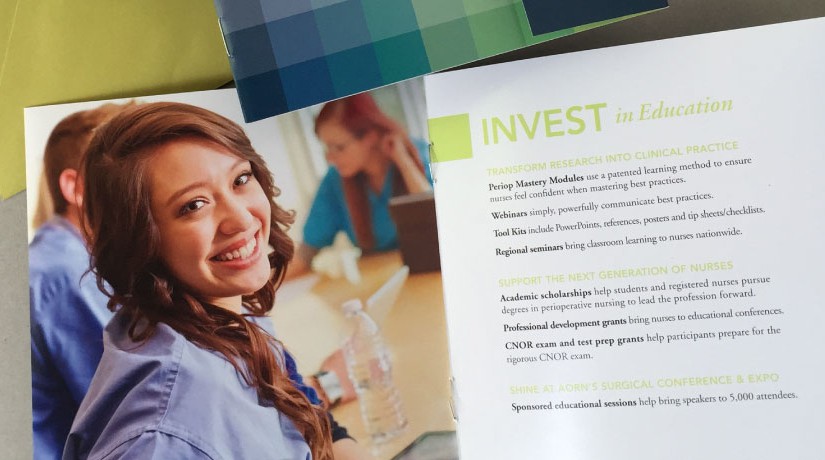Our Role
Writer
The Challenge
AORN and the AORN Foundation produce annual reports, weekly news articles, and bylined articles that address the importance of registered perioperative nurses in keeping patients safe.
Our Solution
AORN and the AORN Foundation hired Brand Communications to write annual reports, solicitations for donations, and bylined articles for AORN leadership.
Writing Sample
“Every year, millions of people go into surgery in hospitals, ambulatory surgery centers and even physicians’ offices. Whether the event is planned or an emergency, no matter the location of care, a perioperative nurse stands beside the patient, advocating for the best possible outcome.”
Links:
Practical Strategies to Prevent Surgical Sharps Injuries
AORN Annual Reports
AORN Foundation Annual Report 2013
4 Must-Haves to Prevent Medication Errors PDF
Practical Strategies to Prevent Sharps Injuries PDF
AORN Foundation Annual Report PDF
AORN Annual Report 2012 PDF
AORN Annual Report 2011 PDF
5 Steps to Improving OR Turnaround Time PDF
5 Hidden Causes of SSIs PDF

